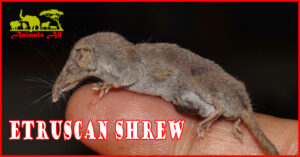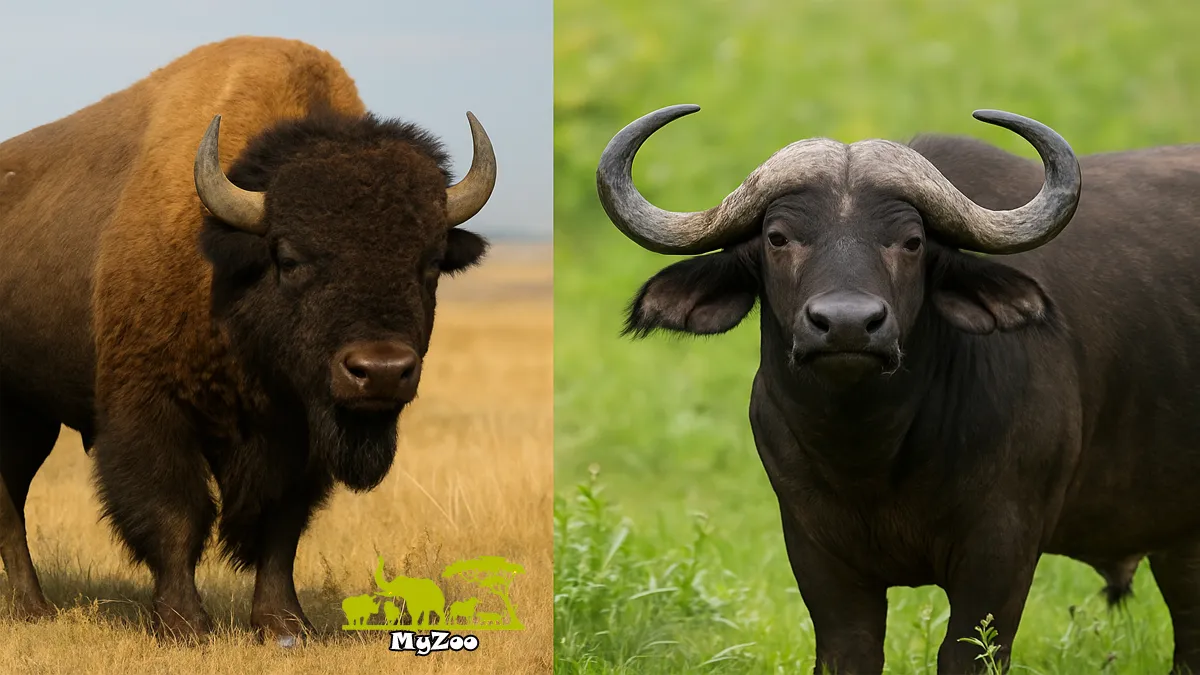
Bison and Buffalo: What’s the Difference?
Bison and buffalo are often mistaken for one another, but they are distinct animals with their own unique features. While bison generally refer to the American bison found in North America, buffalo typically points to species like the Cape buffalo and water buffalo originating from Africa and Asia. Understanding the differences between these two magnificent creatures is essential, especially when considering their ecological roles and conservation needs.
Why does it matter? Recognizing the distinctions between bison and buffalo helps in appreciating their unique habitats and behaviors. It also plays a significant role in wildlife management, particularly in places like Yellowstone National Park, where bison roam free. Misidentifications can lead to misconceptions about their conservation status and efforts.
Conservation efforts have been crucial in reviving bison populations from near extinction due to historical overhunting and habitat loss. Today, initiatives continue to protect both bison and buffalo, ensuring these majestic animals remain an integral part of our world’s biodiversity. Staying informed about the latest developments in bison vs buffalo news helps support these efforts and fosters a deeper connection with wildlife.
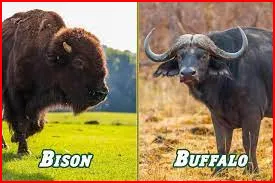
1. Understanding Bison and Buffalo
Bison and buffalo are often confused because they are both large animals with thick skin. However, there are important differences between them.
Bison: The North American Giants
Bison are primarily found in North America. The American bison, scientifically known as Bison bison, is recognized by its distinctive hump, shaggy mane, and beard. These enormous creatures have wide heads and short horns that curve upward. Their sturdy build is ideal for moving through snow and feeding on the expansive grasslands.
Buffalo: The Old World Relatives
In contrast, buffalo generally refers to two species from the Old World: the African Cape buffalo and the Asian water buffalo. The Cape buffalo has a strong body with unique large horns that spread out before bending backward. Water buffalo have a slightly different look with smoother skin and long, curved horns; they thrive in damp habitats such as swamps and rivers.
The Historical Mix-Up
When European settlers first arrived in North America, they mistakenly called bison “buffalo” because of their somewhat similar appearance. This incorrect term has continued for many years, causing confusion between these two separate species.
2. Geographic Distribution
Understanding where bison and buffalo roam provides insight into their ecological roles and the diversity of habitats they occupy.
American Bison in North America
The American bison, often seen as a symbol of the Great Plains, primarily inhabits areas across North America. They are found in regions that offer vast open landscapes like prairies, plains, and river valleys. These environments provide the grazing opportunities and space needed for large herds to thrive. Their historic range stretched from Canada down to Mexico, although today, their presence is largely confined to national parks and reserves such as Yellowstone National Park.
Buffalo Species in Africa and Asia
In contrast, buffalo refers to species native to Africa and Asia. The African Cape buffalo roams sub-Saharan savannas, floodplains, and grasslands. Known for their sturdy build and resilience, these buffalo are well-adapted to harsh environments. On the other side of the world, the Asian water buffalo thrives in wetlands and agricultural areas across countries like India, Nepal, and Thailand. Water buffalo are integral to agriculture due to their strength and ability to work in flooded fields.
Each species has adapted uniquely to its environment, showcasing the remarkable versatility of these majestic creatures across diverse continents. This understanding highlights not only their geographical differences but also emphasizes their significant roles within various ecosystems worldwide.
3. Physical Differences
When it comes to distinguishing between bison and buffalo, their physical appearances play a crucial role. Let’s take a closer look at the features that set each animal apart.
Bison Appearance
- Hump: One of the most notable characteristics of a bison is the large, muscular hump located on its shoulders. This hump is composed of muscle supported by long spinal vertebrae, which helps bison plow through deep snow during harsh winters.
- Beard: American bison are also known for their shaggy beards and thick fur, which provide insulation against cold temperatures. The fur varies in length across different parts of their bodies, with longer hair around the head and neck areas.
Buffalo Appearance
- Horns: In contrast, buffalo species such as the Cape buffalo and water buffalo have distinct horn structures. These horns are typically larger and more curved than those of bison, often forming a continuous bone shield across the top of their heads in some species like the Cape buffalo.
- Body Shape: Buffalo tend to have sleeker bodies compared to bison. They lack the pronounced shoulder hump seen in bison and have a more uniform body shape that suits their environments in Africa and Asia.
Understanding these animal anatomy differences helps clarify why early explorers might have confused these magnificent creatures. For those seeking more insights or updates on bison and buffalo, keeping an eye on conservation efforts can offer fresh perspectives and developments regarding these unique animals. Additionally, it’s interesting to note the relationship or similarity among American bison, Indian water buffalo, African Cape buffalo, and Asian water buffalos, which further adds to our understanding of these species.
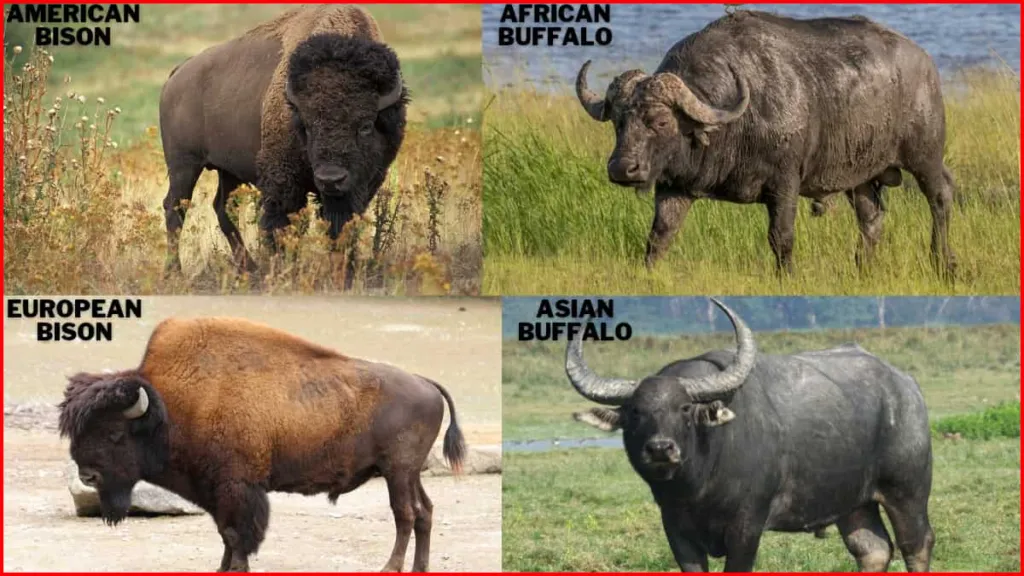
4. Population Dynamics and Conservation
Stepping back in time, American bison once roamed the vast plains of North America in staggering numbers, with estimates ranging from 30 to 100 million in the early 1800s. These majestic creatures were not only a vital component of the ecosystem but also held immense cultural significance for Indigenous peoples. However, due to extensive hunting and government policies that aimed at disrupting Indigenous communities, bison populations plummeted dramatically. By the end of the 19th century, fewer than 1,000 bison remained.
Today, thanks to significant conservation efforts, these numbers have seen a revival. Bison herd sizes have increased, with approximately 30,000 individuals thriving within conservation herds across North America. A further estimated 500,000 bison are raised as livestock on private lands.
Conservation organizations play a crucial role in these recovery efforts by implementing strategies such as habitat restoration and protective legislation. Many national parks and wildlife reserves are now dedicated to maintaining healthy bison populations. Initiatives like these not only aim to boost numbers but also ensure that bison can continue to fulfill their ecological roles and maintain biodiversity.
The journey of restoring the bison population is ongoing and exemplifies the importance of dedicated conservation efforts in safeguarding our natural heritage for future generations.
5. Bison Management Practices
Bison are magnificent creatures that thrive in the open expanses of grasslands, which serve as their primary habitat. These sprawling ecosystems are crucial for bison survival, providing not just food but also a space to roam and exhibit natural behaviors. The health of grasslands directly influences bison populations, as these areas offer the rich biodiversity necessary for maintaining a balanced ecosystem.
Importance of Grasslands for Bison Survival:
- Nutritional Needs: Grasslands supply the primary diet for bison, composed mainly of grasses and sedges.
- Space and Movement: Bison require large territories to graze effectively, making expansive grasslands essential.
Management Practices for Maintaining Healthy Ecosystems:
Effective grasslands management is vital for sustaining healthy bison populations. Here are some key practices:
- Controlled Grazing: Managed grazing helps prevent overgrazing, ensuring that vegetation remains robust and diverse.
- Restoration Projects: Reintroducing native plant species can help rebuild degraded grasslands.
- Fire Management: Periodic controlled burns mimic natural processes that maintain grassland health by promoting new growth and controlling invasive species.
These practices not only support the ecological balance needed by bison but also benefit other wildlife and plant species, creating a thriving ecosystem where all inhabitants can flourish.
6. Wildlife Encounters in Yellowstone National Park
Exploring Yellowstone National Park offers an unparalleled opportunity to witness bison in their natural habitat. These magnificent creatures, often seen roaming the park’s expansive grasslands, are a common sight for visitors. Observing a herd of bison can be a truly captivating experience, as these animals are emblematic of the wild frontier spirit.
Common Wildlife Encounters with Bison:
- Bison are frequently spotted along the Lamar Valley and Hayden Valley, where they graze and interact.
- Visitors might also witness bison wallowing in dust baths or engaging in their iconic head-butting displays during the rut season.
When driving through Yellowstone, you might find yourself caught in what locals affectionately term a Bison Jam. These traffic jams occur when bison decide to take a leisurely stroll across or alongside roads, often bringing vehicle flow to a standstill.
Understanding the Bison Jam Phenomenon:
- Bison Jams are not merely an inconvenience; they provide unique wildlife viewing opportunities.
- Patience is key—drivers should maintain a safe distance and allow these gentle giants the right of way.
For those eager to learn more about these fascinating encounters and get updates on bison vs buffalo distinctions, staying informed through park bulletins and ranger talks can enhance your visit.
7. Driving Safely Around Bison in Yellowstone
Driving through Yellowstone National Park can be an unforgettable experience, especially when you encounter the majestic bison. Yet, it’s essential to approach these encounters with a sense of caution and respect for road safety near wildlife. Here are some tips for driving in Yellowstone that will help ensure both your safety and the well-being of the bison:
1. Maintain a Safe Distance
Always keep a significant distance between your vehicle and the bison. These animals may appear docile but can become unpredictable if they feel threatened.
2. Stay Patient
Bison often wander onto roads, leading to what is commonly referred to as a “bison jam.” If you find yourself in such a situation, it’s crucial to remain patient. Trying to honk or drive aggressively can provoke a bison, leading to dangerous situations. For more insights on how to handle these unique traffic scenarios, check out this comprehensive guide on dealing with buffalo on the road.
3. Observe Speed Limits
The park’s speed limits are there for a reason—adhere to them strictly. This gives you ample time to react if wildlife suddenly appears on the road.
Understanding bison behavior on roads is equally important. They have been known to charge vehicles if startled or agitated. Observing their body language can provide clues about their mood; for example, tail movements and head positioning might indicate agitation. By being aware and respectful of their space, you contribute to a safer environment for all park visitors and its magnificent wildlife inhabitants.
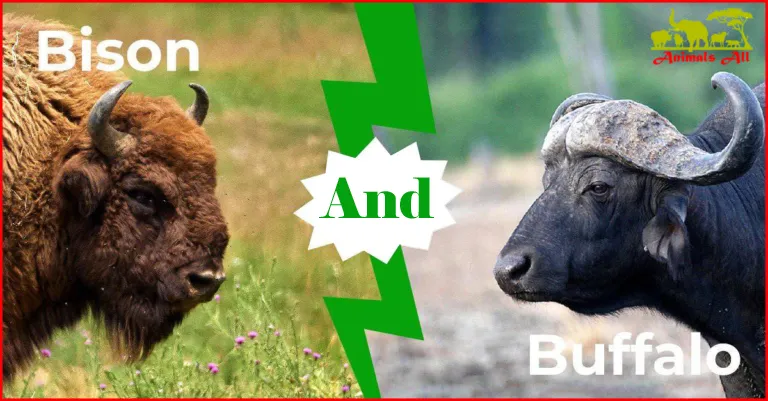
8. Recent Updates on Bison Populations
The majestic bison continues to face significant challenges despite historical conservation successes. One of the current issues is the impact of harsh winter conditions on wood bison in Alaska. These conditions have made food accessibility problematic, leading to increased mortality rates among young bison. Harsh winters not only test the resilience of these animals but also strain the efforts for their restoration.
In Yellowstone National Park, bison traffic situations can be a surprising challenge for visitors and wildlife alike. The balance between tourism, wildlife management, and conservation efforts is delicate. Advocacy groups are working tirelessly to protect wild buffalo from culling practices, which have previously contributed to notable population declines.
Efforts continue to focus on restoring and maintaining healthy bison populations in their natural habitats. This includes managing grasslands effectively and ensuring that ecosystems remain viable for these magnificent creatures. The restoration initiatives in Alaska highlight both the success and ongoing difficulties of bringing wood bison back from near extinction.
These updates underscore the importance of continual vigilance and adaptation in conservation practices to address new challenges as they arise, securing a future where both people and bison can thrive together.
Conclusion
Through our exploration of the summary of differences between bison and buffalo, we’ve discovered some intriguing distinctions. Bison are primarily found in North America and parts of Europe, with a distinctive hump, large heads with beards, and uniquely shaped horns. In contrast, buffalo inhabit regions in Africa and Asia, such as the Cape buffalo and water buffalo, each possessing their own unique characteristics.
Understanding these differences goes beyond mere curiosity; it plays a vital role in shaping effective conservation strategies. The historical struggles faced by bison highlight the significance of ongoing conservation initiatives. From the brink of extinction caused by overhunting to the present-day existence of vibrant yet vulnerable populations, every effort made towards their preservation is crucial.
These endeavors not only contribute to maintaining biodiversity but also guarantee that future generations can learn about bison vs buffalo through personal encounters rather than relying solely on textbooks. Conservation remains a fundamental pillar for sustaining these magnificent creatures within our ecosystems.
FAQs (Frequently Asked Questions)
What are the main differences between bison and buffalo?
Bison are characterized by their large hump and beard, while buffalo have distinct horns and a different body shape. Understanding these differences is crucial for wildlife enthusiasts and conservation efforts.
Where can bison and buffalo be found geographically?
American bison primarily inhabit grasslands in North America, whereas various species of buffalo are found in Africa and Asia, adapting to their respective habitats.
What are some key physical traits of bison?
Bison have a notable hump on their shoulders, a thick beard, and a stocky build. These features differentiate them from buffalo, which have long, curved horns and a more slender body.
What conservation efforts are in place for bison populations?
Bison populations historically faced significant declines but have seen recovery due to conservation efforts. Current estimates indicate ongoing management practices to maintain healthy herds and ecosystems.
How should drivers behave around bison in Yellowstone National Park?
Drivers should exercise caution when encountering bison on roads. It is essential to understand bison behavior to pass safely, as they can cause traffic jams known as ‘Bison Jams’ due to their unpredictable movements.
What recent updates exist regarding bison populations?
Recent updates highlight challenges facing bison populations, including habitat loss and traffic situations. Additionally, there are ongoing restoration efforts for wood bison in Alaska to support their recovery.

